All about our antique reproductions
Our company has researched the best art companies around the world for its manufacturing. Our partners are recognized artisans of art because of their experience in the quality of their products.
The baroque furniture of art and decoration and made in Egypt
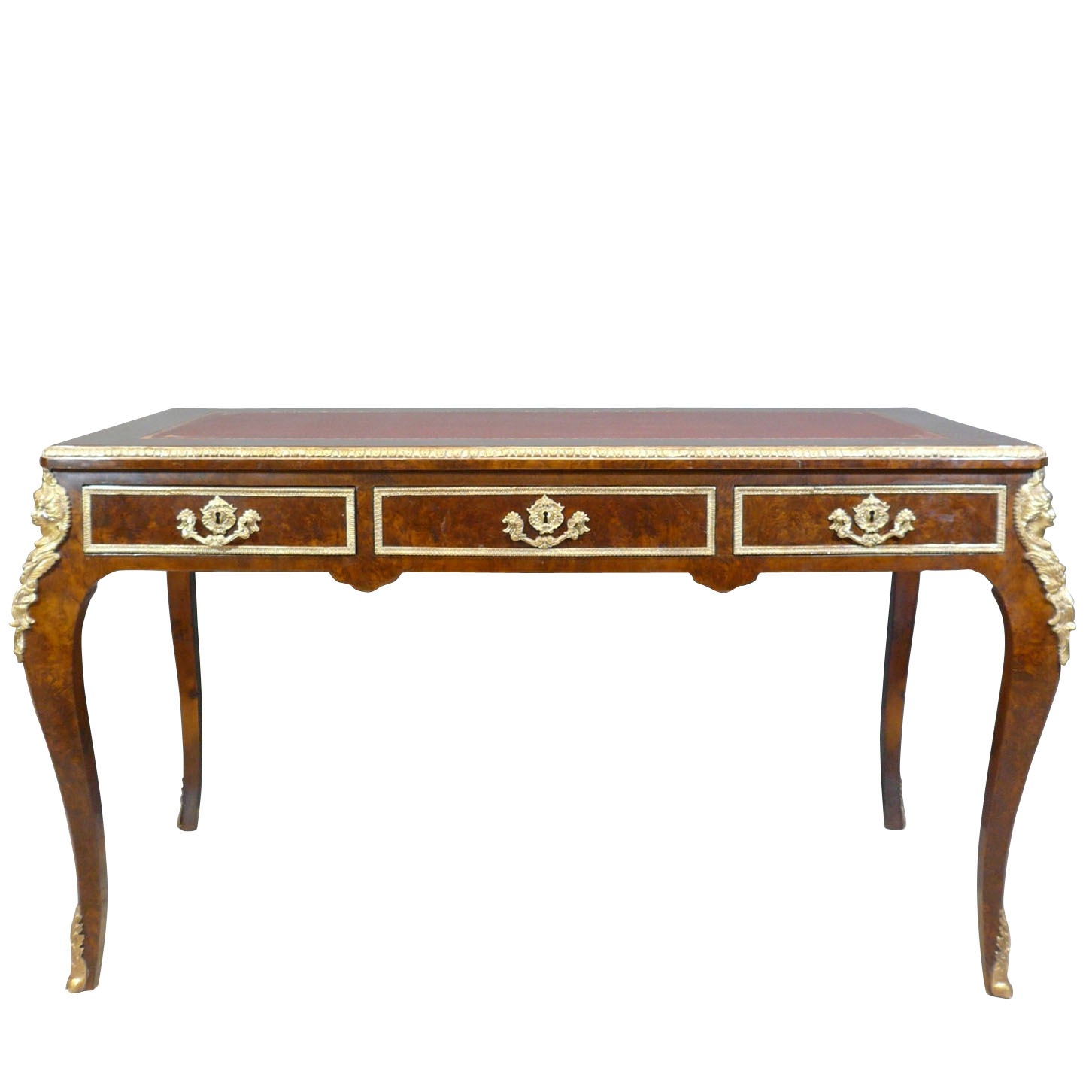
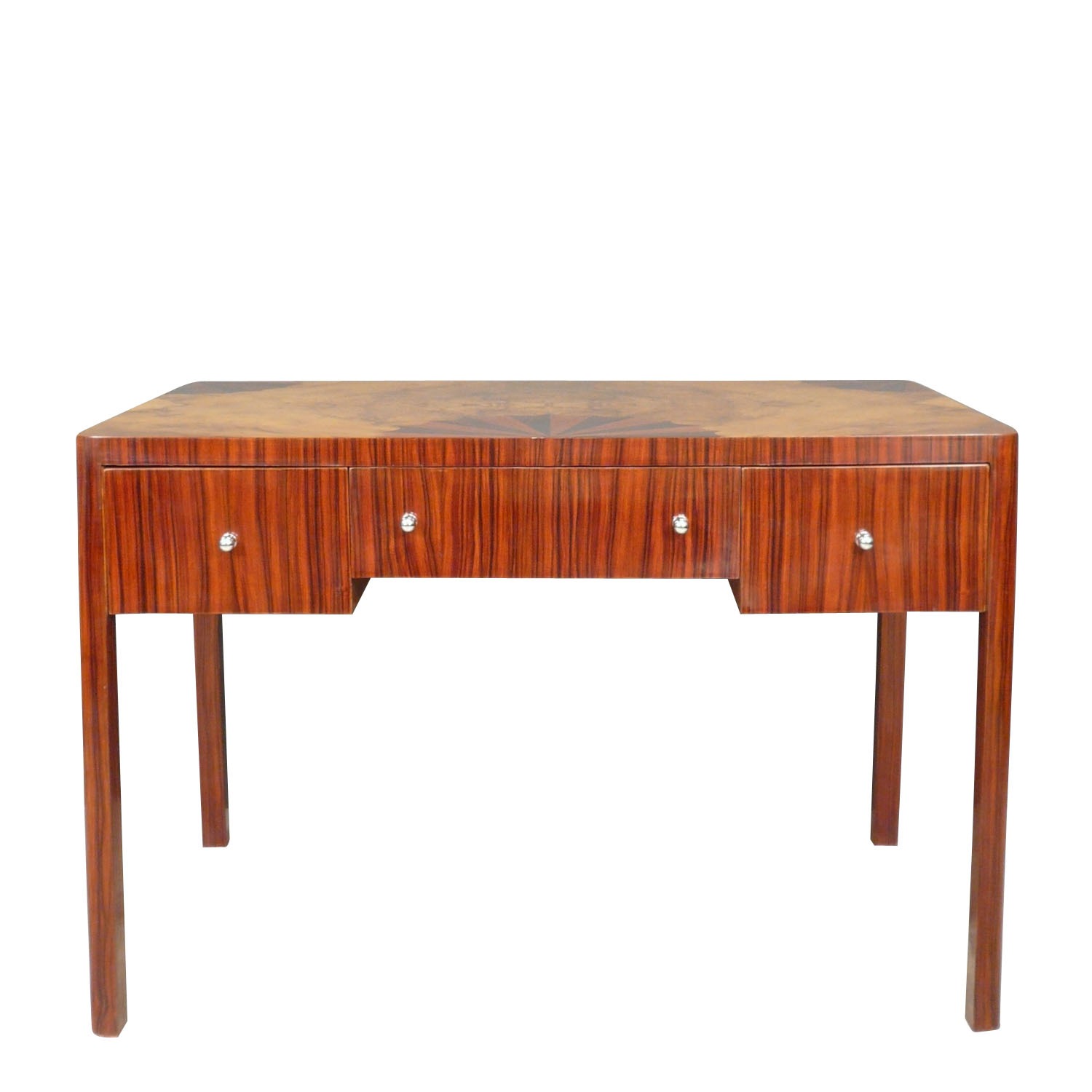
Our furniture is assembled in the old fashioned way. They are made in Egypt, in the tradition of high-end cabinetmaking, by cabinetmakers. Precious wood inlays are cut and assembled manually on style furniture, according to the traditional method. We only use solid wood for the structure: beech wood or Swedish pine imported from Northern Europe. We also use natural veneers imported from Europe, South America, Caribbean, Africa, Asia. The wood used for veneers are, for example: rosewood, walnut, Elm Magnifier, Wenge, Birch Magnifier, Maple Magnifier, mahogany... We also work with marble and founders of Bronze using traditional and artisanal methods. The demanding choice of quality wood, the marquetry of precious wood, the use of natural materials and the know-how of renowned craftsmen bring to your furniture beauty and solidity.
Learn more about manufacturingart furnishings and decoration and on the baroque furniture.
The Baroque chairs and Rococo seats
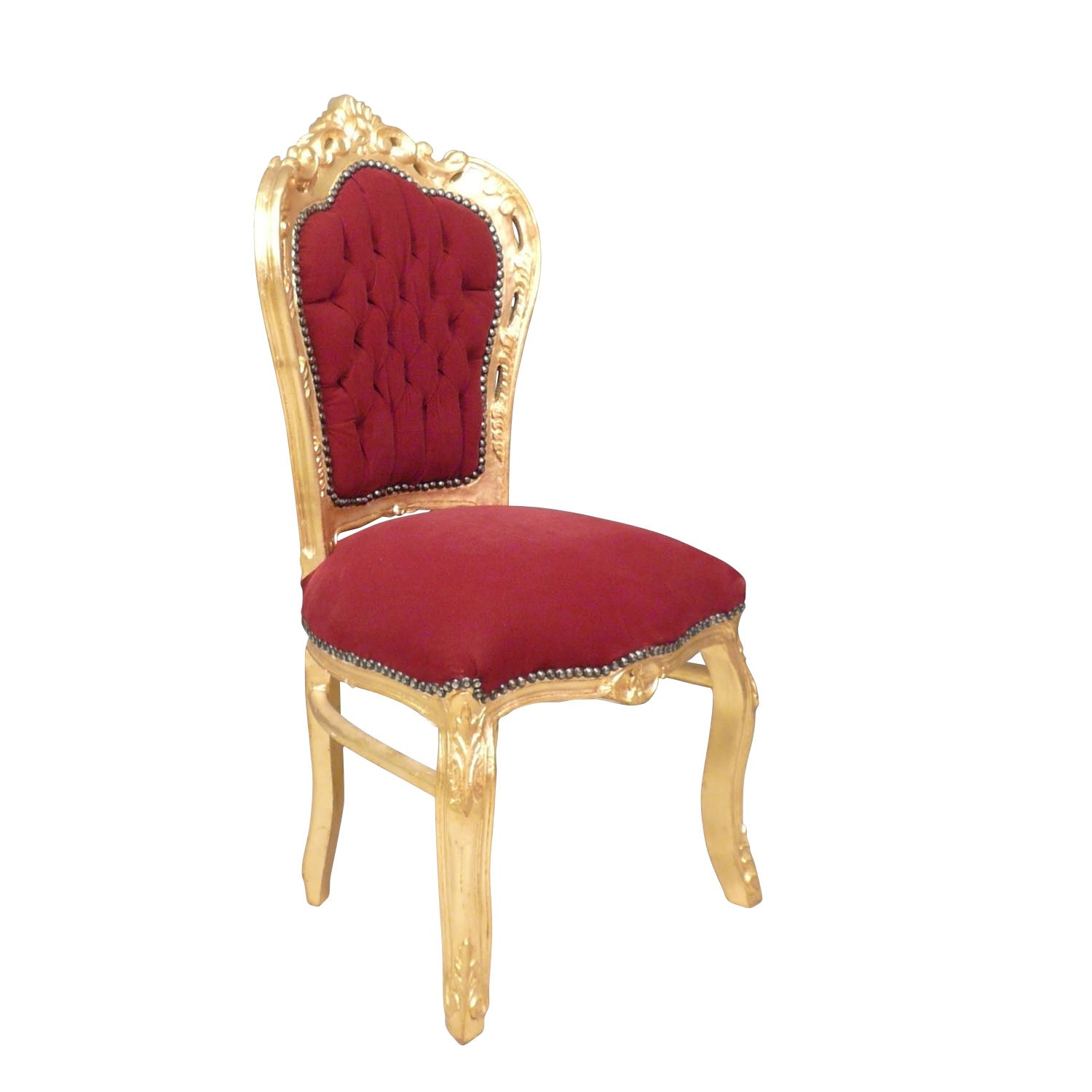
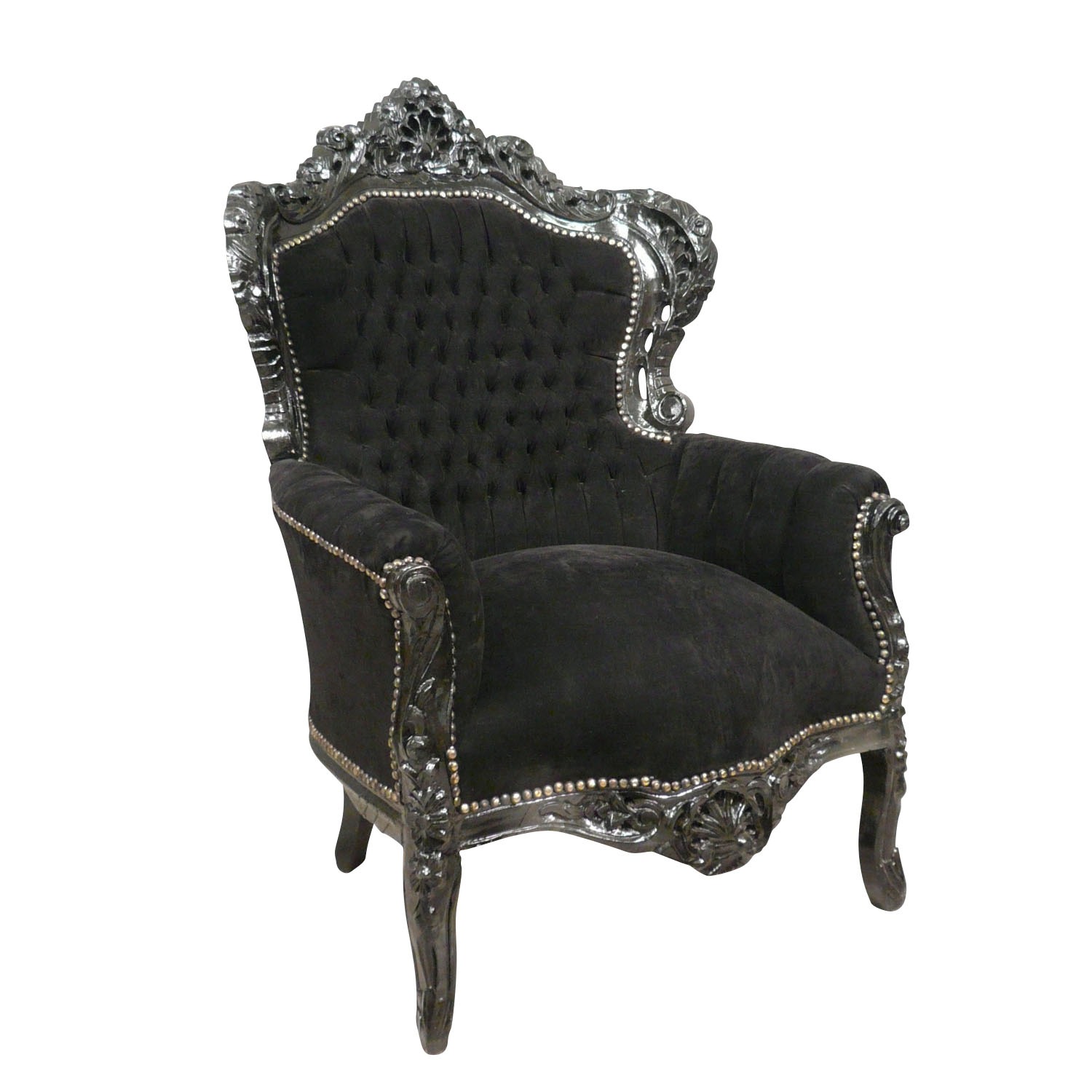
The Rococo-style foundations are made in Egypt, in the respect of the manufacture of the old-fashioned seats. The armchairs and Baroque chairs are made of solid beech structures and are carved with gouge, and then Golden, silver or patined. The seats and folders are upholstered with natural products such as horsehair, straw, feather, cotton or high-density foam. They are reinforced by straps or springs. All our Chairs and our Armchairs are made of old-fashioned, solid beech wood carved by hand to wood chisel. The padding is also made in a traditional way with horsehair, springs and straps. To reinforce the comfort of the seat and backrest, modern materials such as seat foam can be added. The plain, embroidered, satined, velvet or imitation leather fabrics are fixed with upholsterer nails or fabric stripes. They are suitable for intensive use and resist very well, but in conditions of commercial use (waiting room, restaurants, public places...). The Baroque chairs in gold or silver wood are available with many fabrics in our store.
Making a stained glass window lamp Tiffany
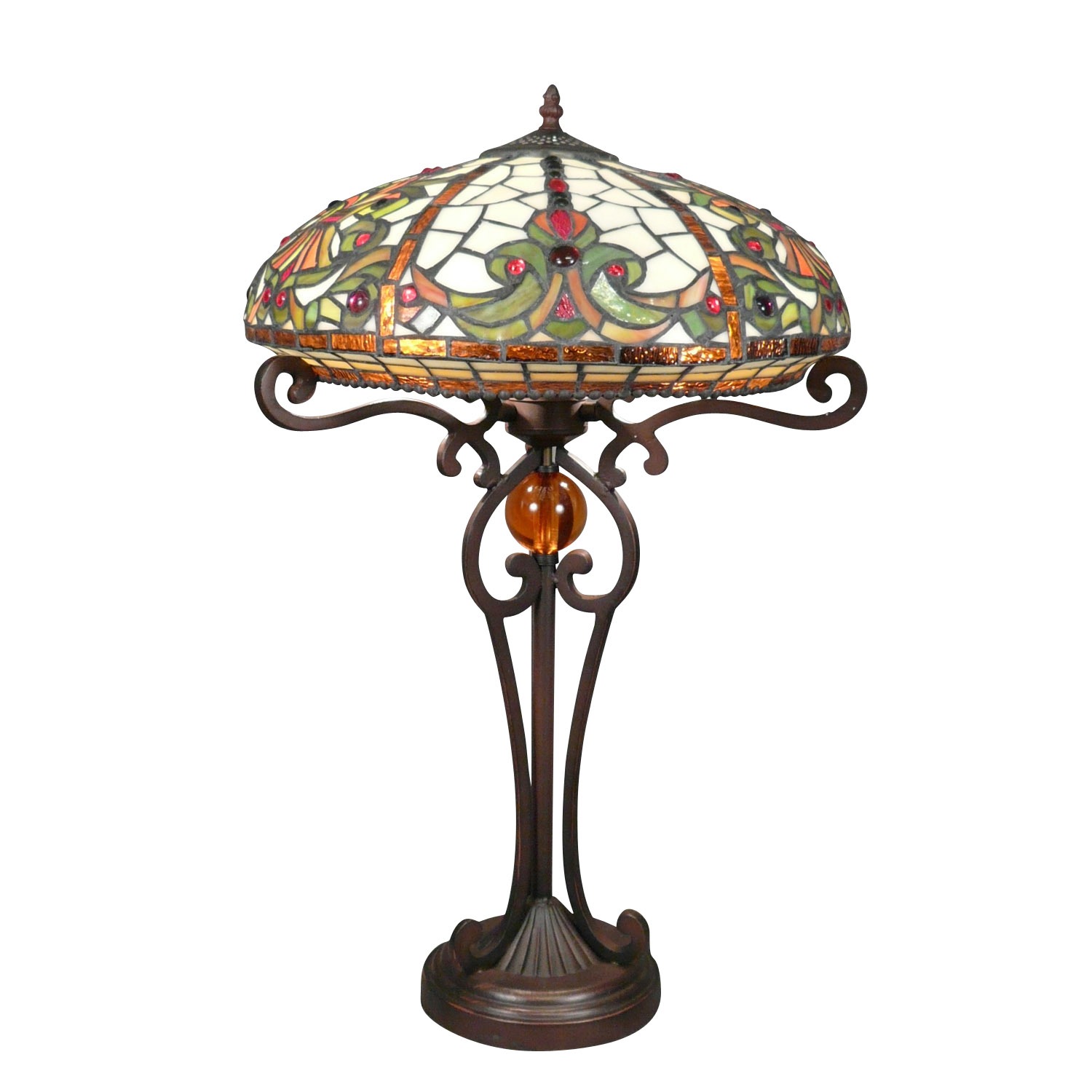
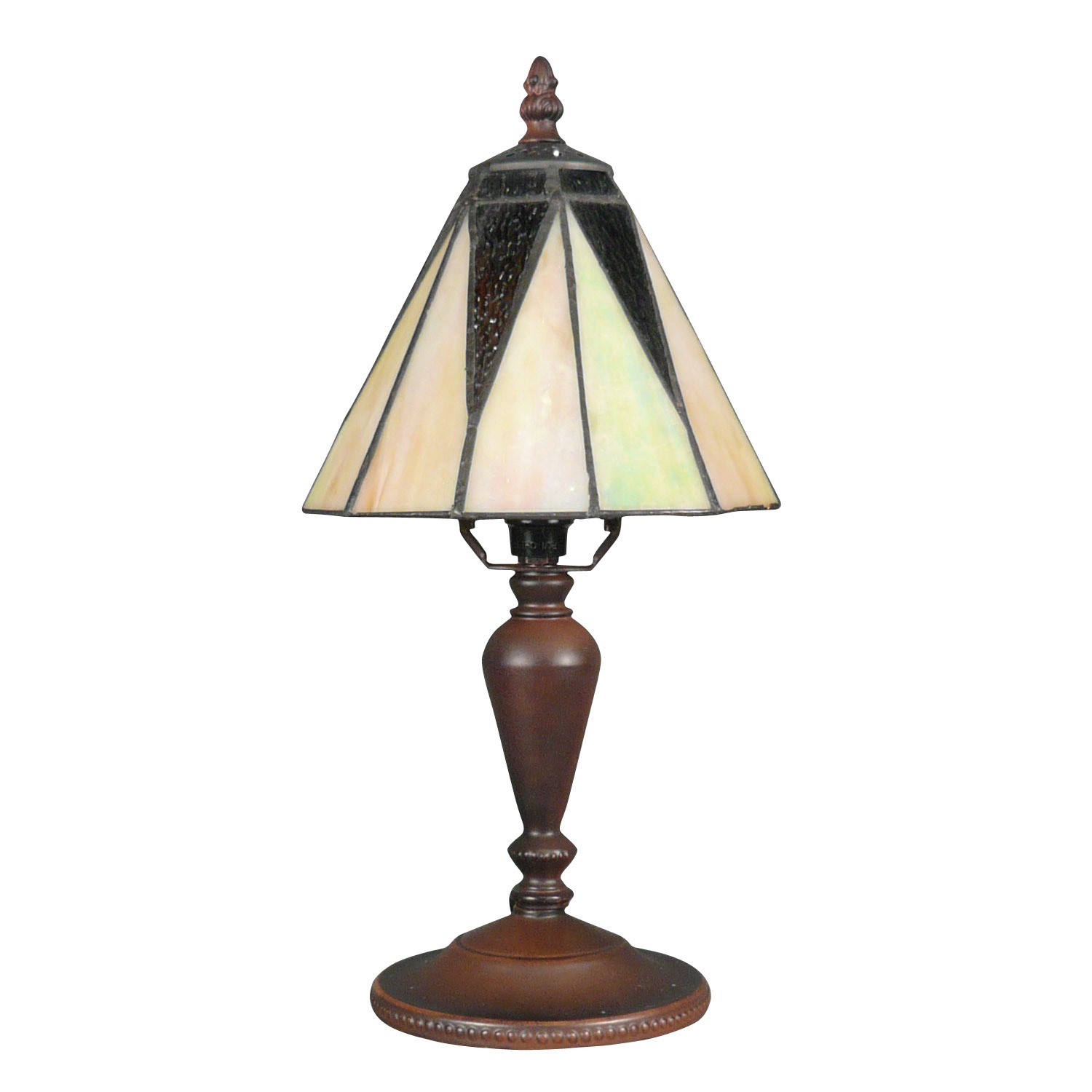
Our Tiffany lamps are made in China using the Louis Comfort Tiffany method.
The company of Louis Comfort Tiffany proposed in 1902 more than 300 models of lamps. A series production mode was invented in order to produce in large quantities refined and quality models. Our manufacture in China applies the same manufacturing methods. While a Tiffany lamp can sell several hundred thousand euros (in 1985, a Tiffany lamp sold at auction at $528,000), the price of a reproduction is in an average of 100 to €200. The stained glass windows of the luminaires are manufactured manually. The manufacture employs specially trained employees for the manufacture and Assembly of handcrafted glasses according to the method of Louis Comfort Tiffany. We follow all the manufacturing steps and require a perfect finishing level. The most elaborate stained glass Windows require hundreds of hours of work: a Tiffany lamp can consist of several hundred pieces of stained glass. The pieces are crimped by a copper ribbon, assembled, then welded to Tin. In our lighting shop you can find Tiffany lamps sold at the best price.
Who was the artist Louis Comfort Tiffany?
How is a Tiffany lamp made?
Bronze sculptures are made in China with lost wax
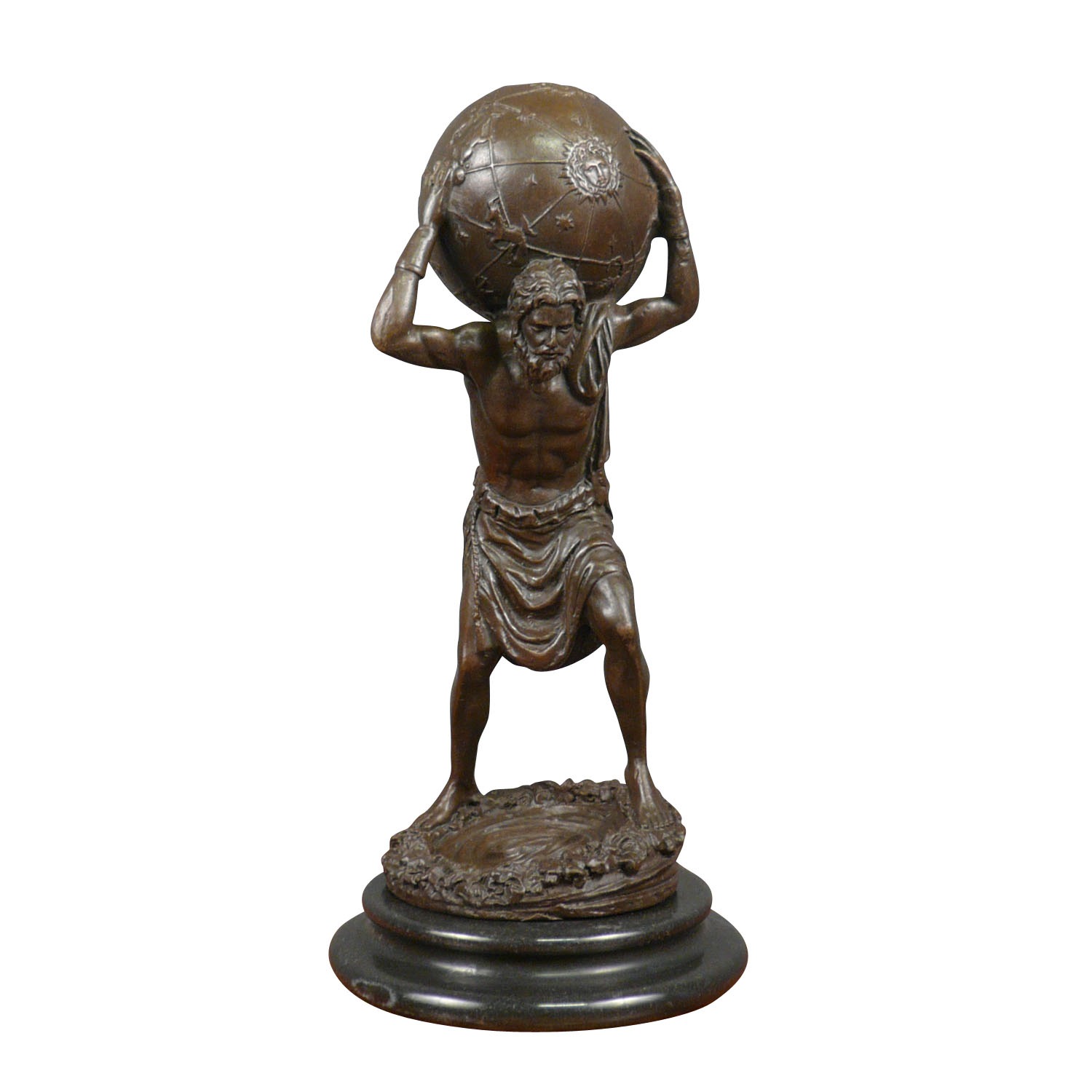
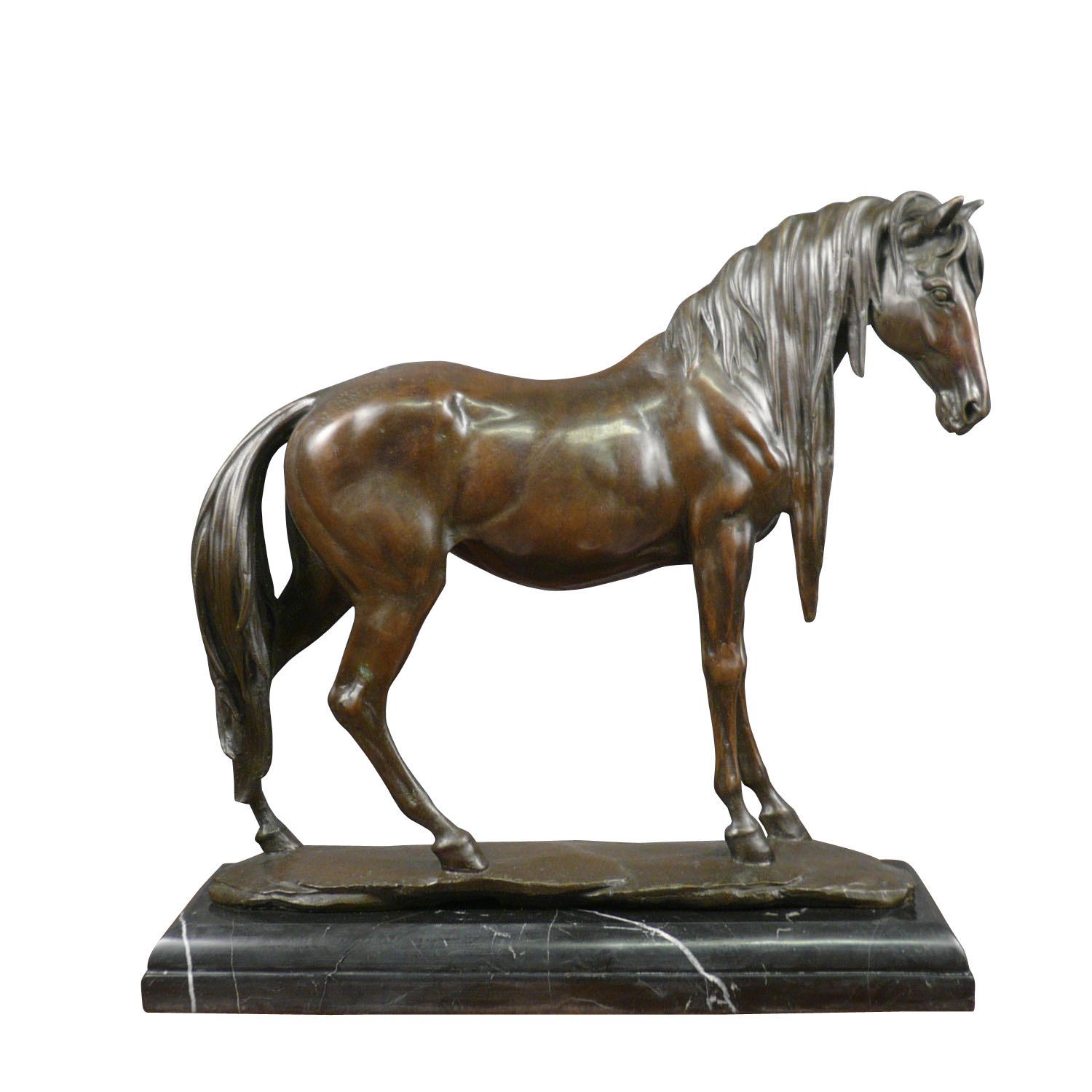
Our bronzes statues are manufactured in China. They are made with lost wax, by real artists. Each piece is first shaped into a wax sculpture, which is then covered with a mould made of refractory material. The mould is then filled with Bronze melted, cooled, and then broken to extract the bronze sculpture. Each piece is thus unique.
there lost wax is the only technique used by the craftsmen of our art Foundry to create our bronze statues. The moulding process is made from an original wax sculpture, which is welded by the tip of conical elements called jets and filaments called vents (cones and filaments are also wax). The Assembly is then coated with a refractory cement, making sure to leave the base of the cones protruding. After solidification of the coating, the wax will be evacuated by the heat, leaving a hollow that will be filled via the jets. The vents allow both the evacuation of the air and a good distribution of the material in the details of the mould. This mould must then be destroyed by mechanical or chemical means to recover the completed copy. This will have to be cleared of the traces of the jets and vents. This technique is also used for the production of unique pieces of glass or metal. However, it is possible to make several waxes from the original wax using a flexible mould, formerly made of gelatin and now made of silicone. This technique is also used in the industry to obtain high precision parts.
The bronze sculptures are inspired by the finest models of artists, whose works have fallen into the public domain (it is legal to reproduce them).
Xian warriors – China
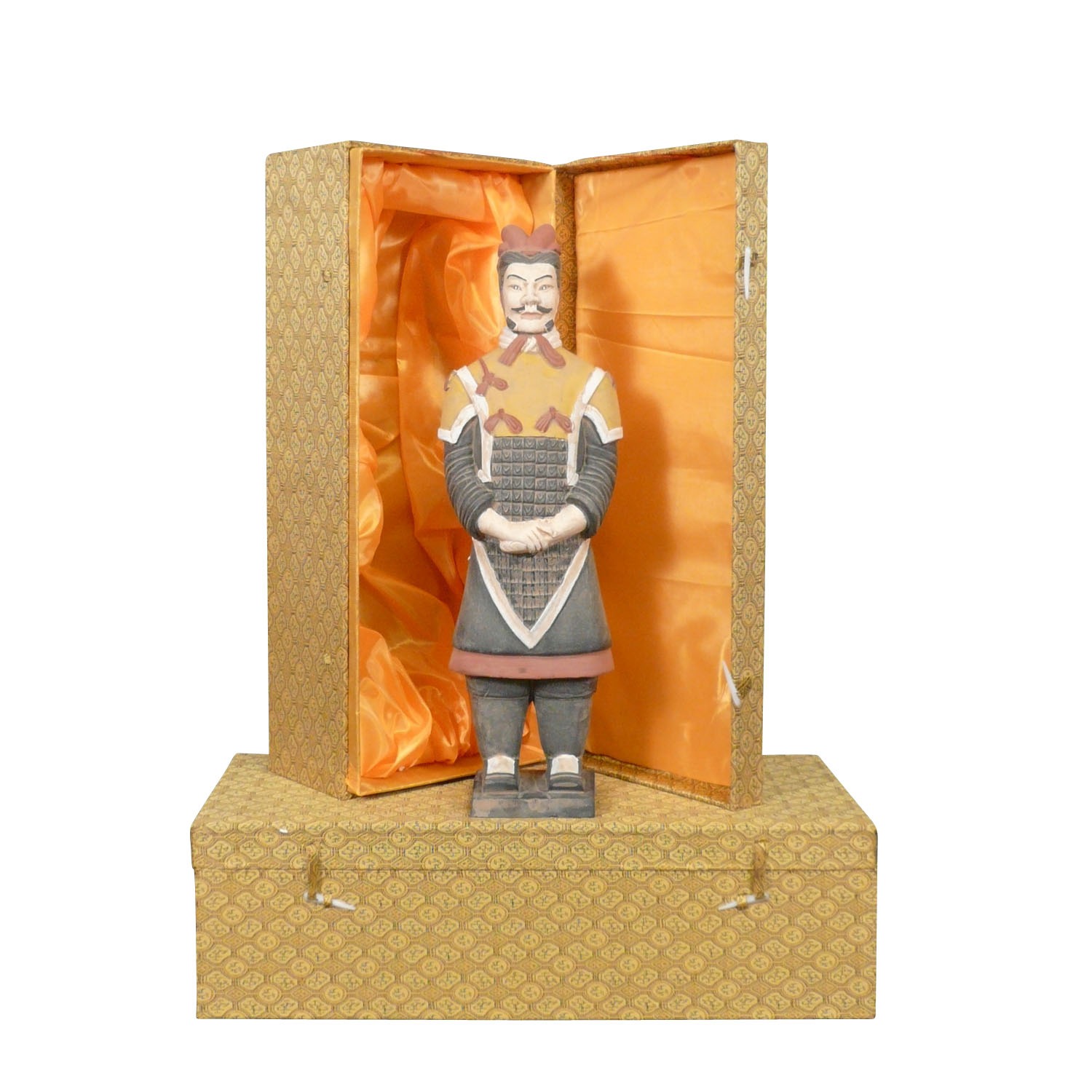
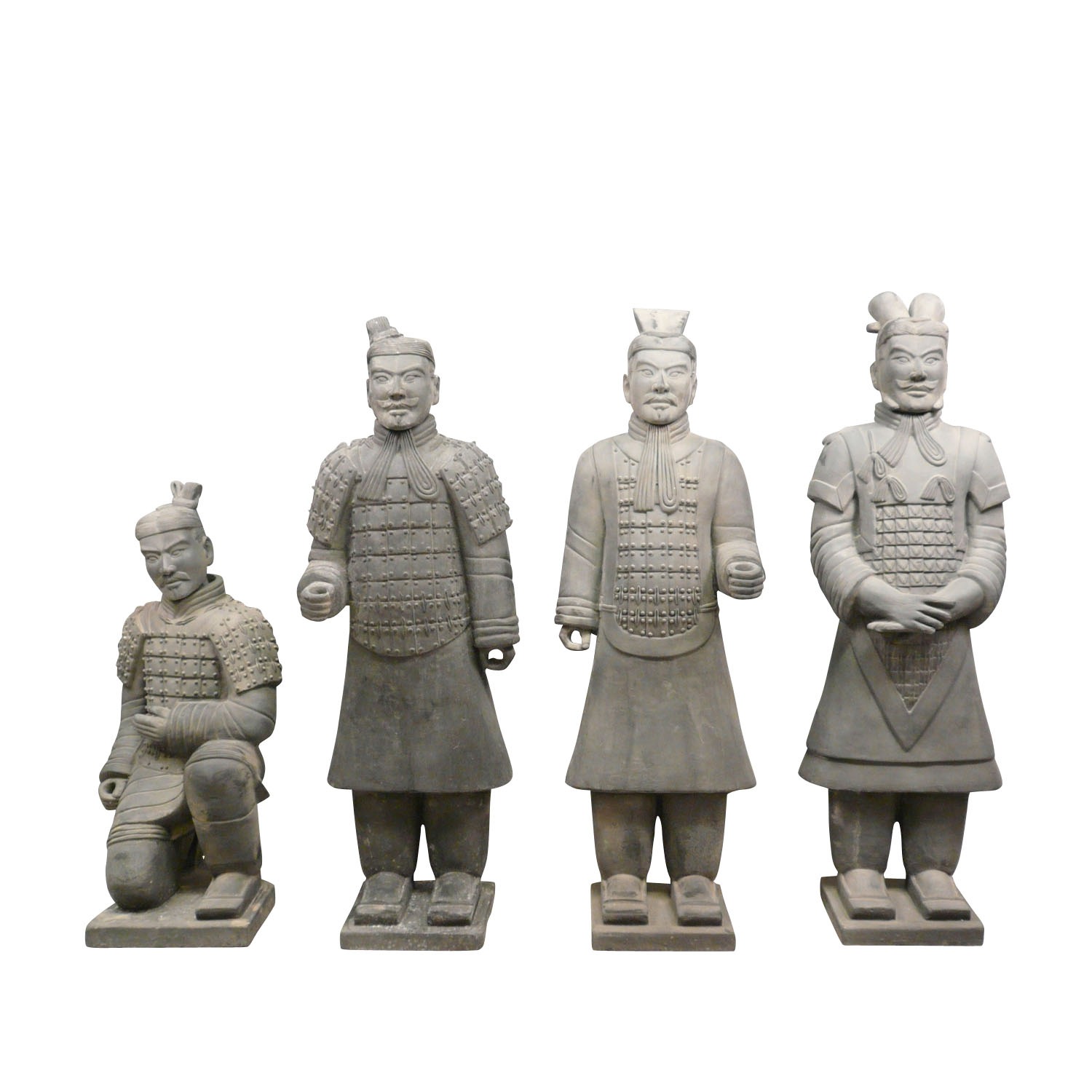
The terracotta statues are faithful reproductions of the Warriors of the Chinese army of Emperor Qin Shi, carried out according to the ancestral methods of the terracotta of the Xian region. Like the originals, their heads are removable.
The first emperor of China, Qin Shi Huangdi (v.-259 – September 10-210), was first the King of Qin from-247 to-221. The Emperor, always haunted by immortality, appealed to a magician. This one made him the famous "red pearls" of cinnabar (the sulfur of mercury) supposed to give him, each, six years of life. Made of mercury, the "red pearls" were probably the cause of his death.
The Emperor Qin owes the mausoleum of Xi'an, which stretches for about 56 km². The Tomb itself is covered with a tumulus high of 115m. Still intact and unviolated, Qin's tomb is drowned in rivers of mercury. At 1.5 km, several pits contain some seven thousand statues of terracotta soldiers and horses. Not wanting to be alone after death, Qin Shi Huang ordered that his entire army be carved into the Earth and buried with him. So he built thousands of terracotta soldiers, horses and tanks, all different from each other (physiognomy, clothing, position of arms) and a little larger than nature (a soldier measuring between 1, 72m and 2m). In 1974, peasants found these statues by digging a well in their field. They then appealed to archaeologists. One can now admire some of the statues brought to light by Chinese archaeologists (roughly 1,500 on more than 7,000). This set is rightly regarded as one of the wonders of the world. The Tomb beneath the tumulus, for its part, has not yet been excavated.
Wrought iron garden lounges
The wrought iron garden lounges and wrought iron accessories are made by art ironworkers in China. The pieces are shaped to the fire of the forge or blowtorch, according to ancestral techniques using the hammer or stamp.
Availability of products our company specializes in the sale of furniture reproduction of style and art deco demanding a long and meticulous work of carpentry and cabinetmaking. Our reproductions are made with the utmost care, in small series of 4 to 10 pieces. Our stock of art deco furniture and style furniture are therefore limited to 1 to 6 pieces. Some models may be exhausted when you want to place your order. They are then invisible or impossible to add to the order basket. However, we are replenished very regularly, and the unavailable parts are usually available within a few days to a few weeks. Armchairs and chairs have a faster manufacturing process. They are available in larger quantities and our stocks are replenished very quickly.










